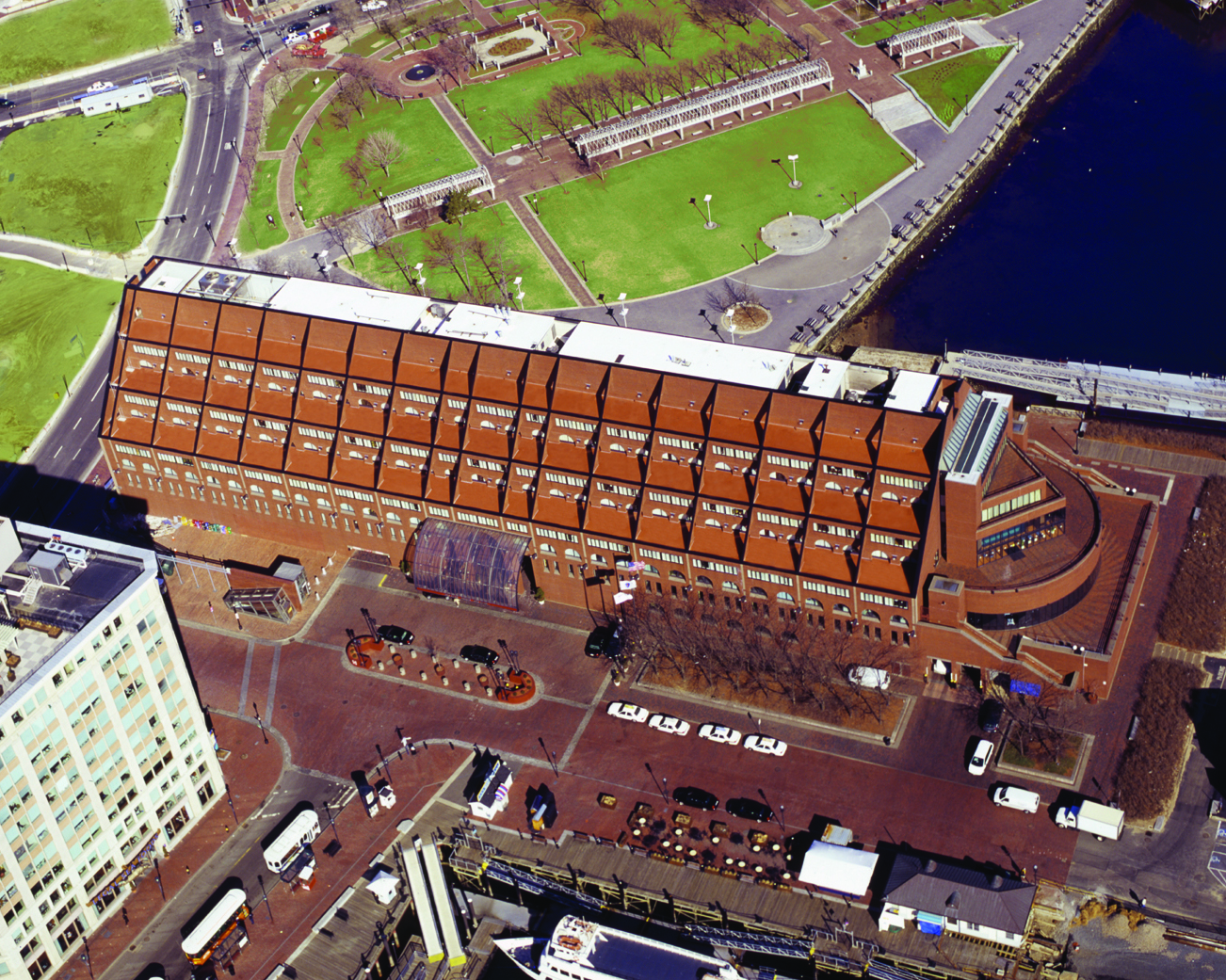
Sika Sarnafil’s Roof Recycling Program Proves Win-win for Business Owners & Environment
Recycling is a key component of any sustainability strategy, and it has become a big business. In 2020, it accounted for 681,000 jobs and $5.5 billion in tax revenue. Over the last several decades, it has become increasingly apparent that every industry needed to focus their efforts on increased recycling, and the building and construction sector is no different. The commercial roofing sector began pre-consumer recycling (collecting scrap and trimmings from the manufacturing process) more than 20 years ago, but it has been in the last 10 years that takeback programs for end-of-life roofs have been gaining momentum.
“The ‘holy grail’ of any waste diversion program is end-of-service life recycling,” said Stan Graveline, Senior Vice President of Technical Services at Sika Sarnafil. While pre-consumer recycling has been rather simple to achieve, post-consumer recycling had proven more challenging to put into practice, due to unfounded concerns about material separation, technical limitations, and prohibitive costs.
But Chemical Fabrics & Film Association (CFFA) members wanted to take a leadership role in the development of recycling programs for PVC roofing membranes. And Sika Sarnafil was one member that paved the way.
Pilot projects prove roof recycling to be cost-effective.
Drawing on experience and success of its European parent company, Sika in Sarnen, Switzerland, Sika Sarnafil launched two pilot projects stateside to demonstrate their initiative. One project undertook the reroofing of the Boston Marriott® Long Wharf hotel that was plagued by constant leaking due to the omission of through-wall flashing in the original construction. And the second replaced the roof of the University of Iowa’s Carver Hawkeye Arena after severe storms accompanied by tornadoes damaged the existing PVC roof system.
Both projects ended up saving the contractors money or at the very least were cost-neutral to recycle the membranes instead of disposing them.
Following the pilots, Sika Sarnafil introduced its Roof Recycling Program, which in 13 years has diverted 80 million pounds of material from landfill. The program is simple and free to building owners and costs roofing contractors little to nothing. Sika Sarnafil will accept a building owner’s existing PVC roofing membrane for recycling with the purchase of a Sika roofing system.
During roof removal, rather than tearing off everything and dumping the mixed debris into the dumpsters, the roofing contractor cuts the membrane between the rows of fasteners, folds it up and places it on to the pallets that were used to deliver the new membrane materials. While this may increase tear-off labor slightly, the cost is offset by reduced dumpster and tipping fees. The membrane is then shipped off to the reprocessing facility where the materials are ground up in preparation for reincorporating into the underside of the new roofing membrane, essentially creating a closed loop. Sika Sarnafil membranes contain 10% recycled content as certified by Underwriters Laboratories.
“The first European installations incorporating membranes with post-consumer materials were installed more than 25 years ago,” Graveline said. “There have been no differences observed in the performance of these recycled roofs compared to roofs made entirely of virgin material. We have had the same experience here in the U.S. Through our recycling process, the vinyl membranes can be used again and again.”

